Affiliate marketing. Achievable or internet-marketing fad?
Would you love to wake up every day, turn on your computer and see something like this?

The reason I’m showing you is not to show off. But to show you that affiliate marketing is actually possible.
In this post, I’m going to show you how to become a profitable affiliate marketer – but before you continue reading, you need to know one fact.
Fact: You have to treat affiliate marketing as a business. A business has someone putting effort, spending time, putting down creativity and having a mindset to exit.
Don’t think that doing affiliate marketing means you’ll be able to sit at a villa, next to the pool with a mojito next to you and type away on your computer.

Anyway, once you’ve shifted your mindset, let’s get you to become a profitable affiliate marketer.
Step 1 – Find A Passion (yet profitable) Niche
You can’t just go online and start looking for companies with affiliate programs who pay well.
I know many affiliate marketers who only want to promote the highest paying affiliate offers. Most of them fail.
First, start by finding a niche that you have some domain knowledge and passion for. Don’t go for a huge niche like ‘golfing’. Instead, try to micro-niche, for example, ‘kids golfing’.
As an affiliate marketer, you have access to promote to billions of people. But your job is not to try to reach all of them, but reach the smallest viable audience who cares about what you’re sharing and offering.
3 Ways To Identify Your Passion Niche
Here are some ways to identify a potential business in you.
- Weekend Passion – What do you do during the weekend? Mountain-biking? Crossfit? You can turn that into a niche and reach thousands of people around the world who share the same worldview as you do.
- What Your Friends Say – Ask your friends/family about what they think you’re good at. Observe what they say. Are you good at drawing? Or are you good at playing table tennis?
- Your Reads – What do you find yourself poking your nose into most of the time? When you visit the bookstore, which section do you first walk into? Maybe you love reading about cars?
Once you identified your passion niche, it’s time to set up your affiliate website.
Step 2 – Buy A Domain Name
We’re going to build a website, so let’s start with buying a domain name. Always be far-sighted when shopping for a domain name.
Few of my recommendations are:
- Buy a .com TLD. It’s the one with the best value. (I know, I know.. www.thelead.io isn’t exactly the best TLD.)
- Buy a domain name you can exit with. I’m happy buying www.reubenchng.com but unless I become some sort of a superstar, it’ll be hard to sell my domain name.
- Avoid registering for domain names with hyphens in them, e.g. reuben-chng.com
You can shop for domains in places like Godaddy.com or Namecheap.com.
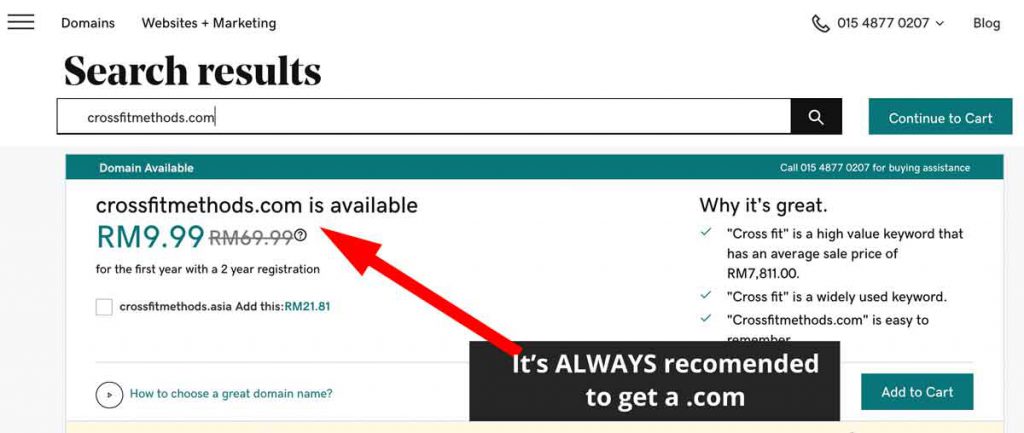
Pro Tip: Search Google for domain coupons when buying domains to save a few bucks.
Remember, ultimately you’ll be building an online business, so you want to make sure your domain is ‘exitable’. More on this later.
Step 3 – Get A Reliable Hosting Plan
You don’t need flashy cloud hosting like Amazon AWS as you’re starting our website. You can leave that for when you build applications that need scaling up.
But start off with something reliable and one you can scale up on. As your website gets more visitors around the world, you can opt to use a CDN (Content-Delivery Network) that serves your content geographically closer to your visitors – so that your website loads faster for them.
An easy to use CDN that we use is KeyCDN.
According to Bitcatcha, a website hosting review site – Siteground is a good hosting provider to go for.
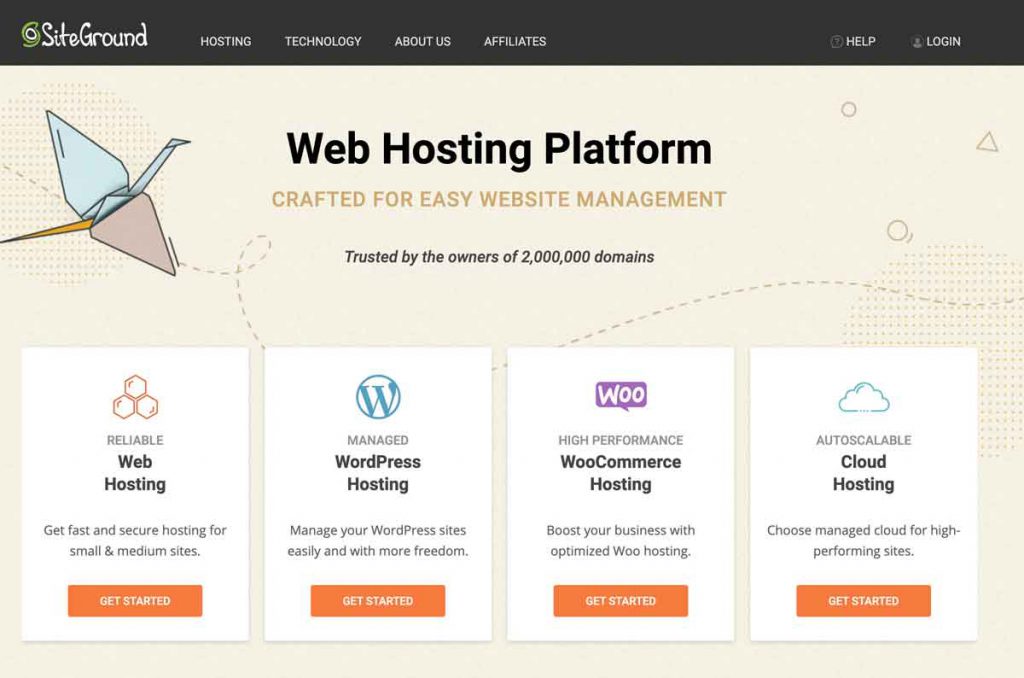
Step 4 – Set Up A WordPress Site
To run a successful affiliate marketing business, you’ll want to build a content-based website. I would recommend building your website on WordPress.
Besides being easy to start and scale with, WordPress comes with tons of benefits for an affiliate marketer, including:
- WordPress started as a blogging platform and is very content-focused. This makes it great for affiliate websites.
- WordPress and the themes you can buy for it are usually optimized for SEO – so ranking your website is easier.
- With the many free & paid plugins available, you can easily add features to your site without having to do extra coding.
- There’s a huge WordPress community on the internet. If you hit into a road bump, you’ll be able to get help easily.
Depending on your hosting provider, you should be able to install your WordPress site using an installer.
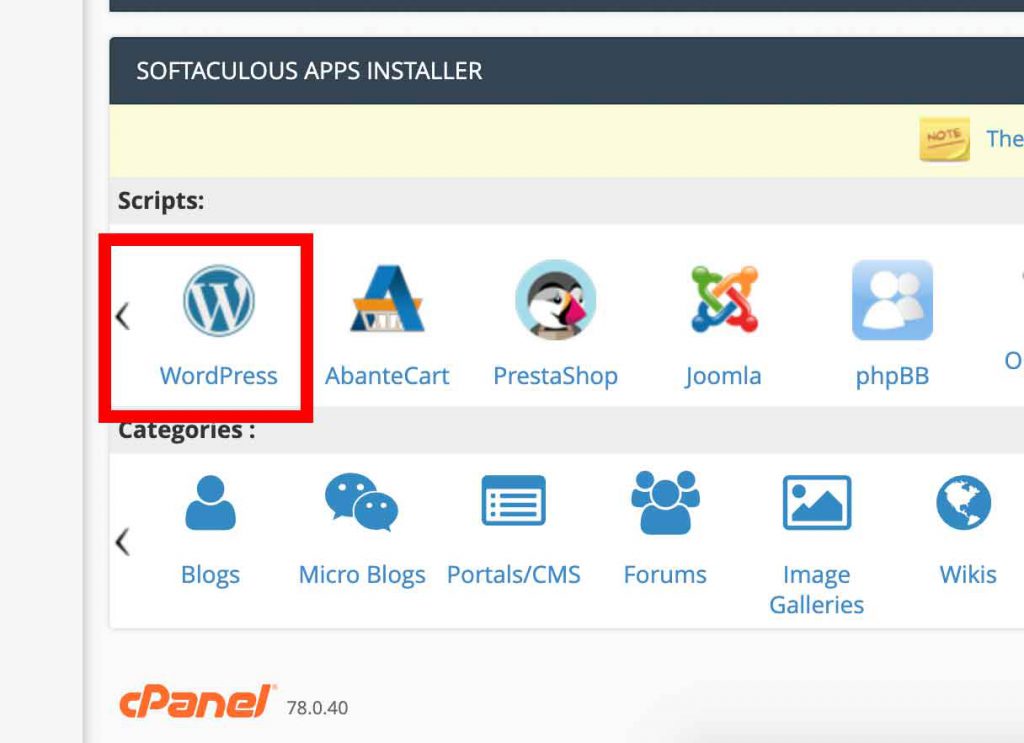
Setting up your website should be straight-forward.
Here are a few WordPress plugins you’d want to install.
SEOPress
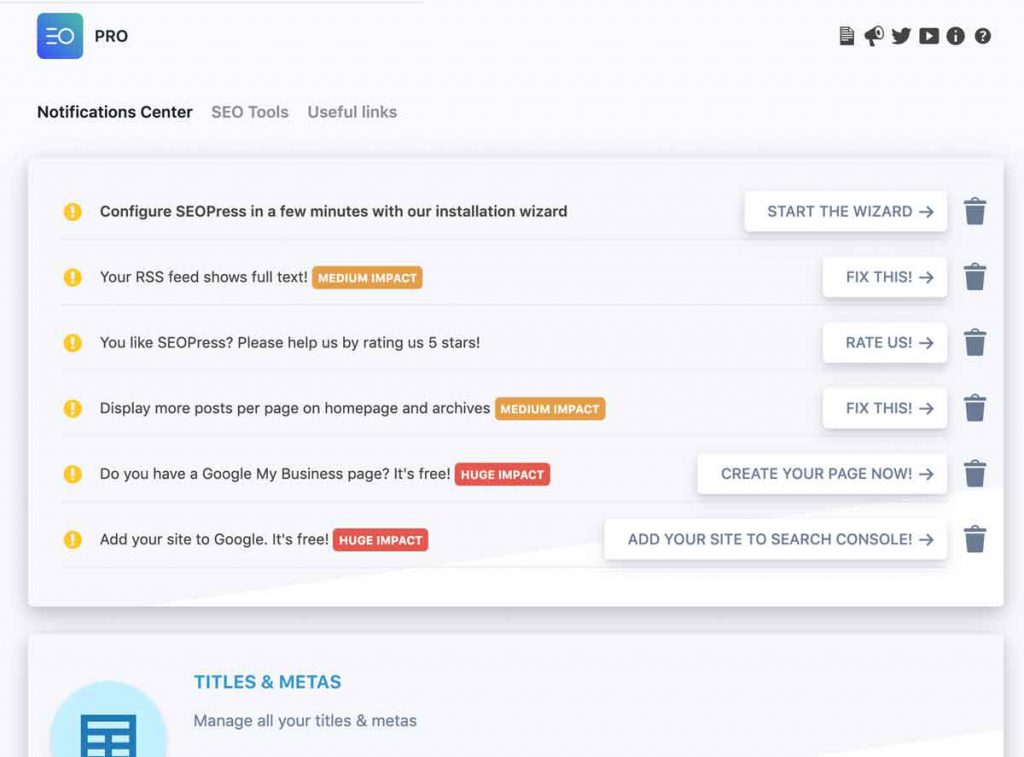
The main strategy for our website is SEO, so you’d want to make sure you get SEOPress installed early on. The plugin would help you identify areas to fix to improve your SEO, including meta titles, sitemap, robots.txt file and more.
It also helps identify keyword potentials and optimization opportunities in your posts.
Pretty Links

The funny thing about the internet is that some people avoid clicking on affiliate links if they know it’s an affiliate link.
And some people avoid clicking links that look complicated, fearing it to be spam.
Enter Pretty Links, a WordPress plugin that helps you cloak and beautify your affiliate links automatically, for sharing.
Easy Azon
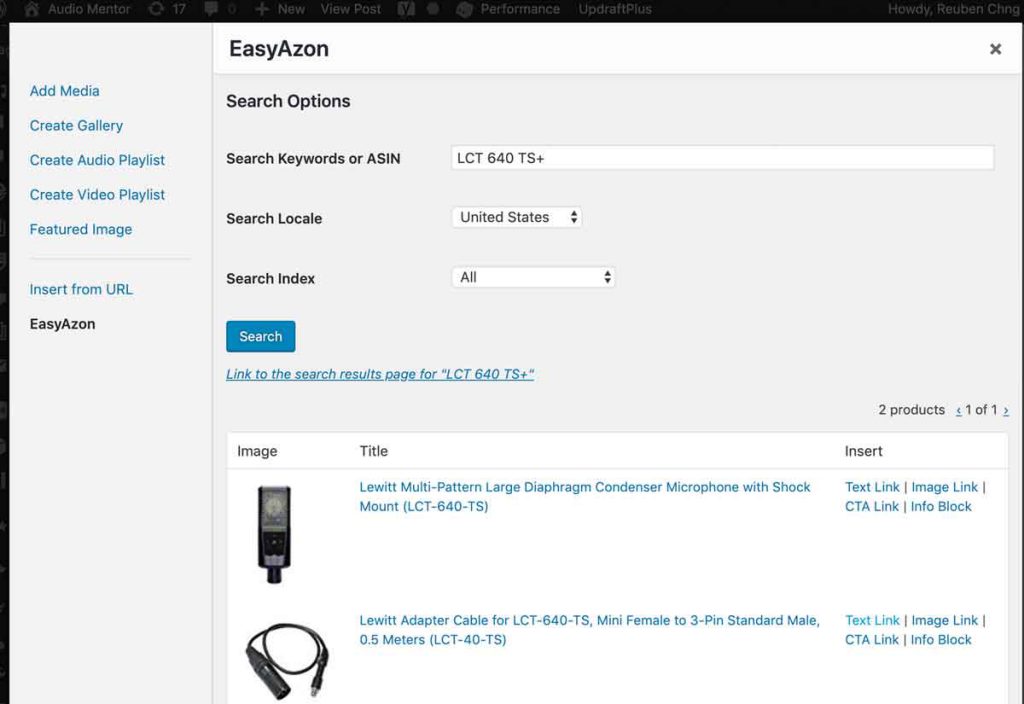
This plugin is a must-have if you’re planning to be an Amazon affiliate.
Among some of its best features, is allowing you to link to specific products on Amazon directly from the WordPress editor and enable product localizations, depending on where the location of the visitor who clicked on the link. This means you’re able to monetize from few different Amazon affiliate locales.
Once you have these plugins set up, you’re ready to get started with building content on your site. But before that, let’s talk about choosing an affiliate partner to sign up with.
Step 5 – Choosing an Affiliate Partner
There are many businesses selling digital products or physical products that offer affiliate programs. For example:
- Lazada Affiliate Program – You already know what Lazada does.
- Exabytes Affiliate Program – Hosting and domain services.
- Envato Affiliate – Stock photos, website themes, codes, and royalty-free creative assets.
- Involve – A homegrown (Malaysia) affiliate marketing platform that connects brands like Lazada, Zalora, Air Asia and more one one platform.
Or find individual business who offers affiliate bounties for you to market their product and services on affiliate networks such as:
Most of these affiliate programs require that you already have traffic on your website or a database with a targeted audience for the niche you’re promoting.
To start, I recommend going for Amazon Affiliates
Here’s the reason why.
Amazon is one of the largest e-commerce platforms in the world. This means you’ll get higher conversion rates from your links because people know Amazon.

With Amazon Associates, you get up to 10% commission depending on the category of the sale you referred. (see table below)
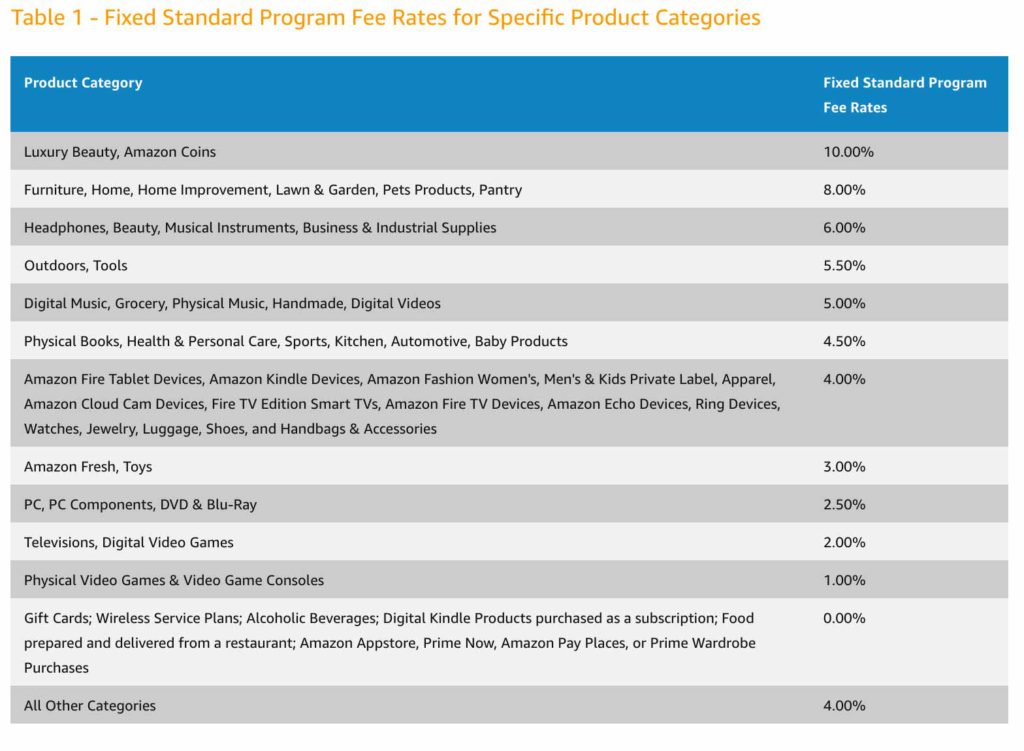
So for example, if you referred a sale of a Burberry perfume at USD127, you’ll get a 10% commission of up to USD12.70. Not too bad for just one referral!
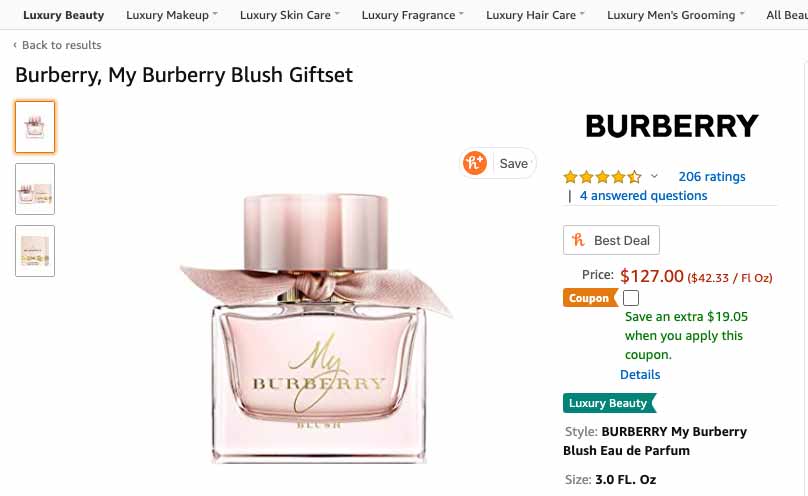
Also, I recommend promoting your content and links to audience in 1st tier countries (USA, Australia, Canada, UK, etc.). If you’re living in Malaysia, this means you also leverage geo-arbitrage with the currency.
Start your own affiliate content site: Affiliate Marketing Profit Core Course
Step 6 – Do Keyword Research
We need to create content for your website, but before that, you need to look for long-tail keywords with some monthly searches. This ensures that you create content that can be found online. And, more importantly, has an audience searching for it.
I’m going to assume building content for a CrossFit niche, using it as an example in this post.
Use Ubersuggest to find valuable keywords. Ubersuggest is a free and useful tool for keyword research. There is also a paid version now that allows you to monitor your ranking – but then again, Ubersuggest is still one of the most affordable SEO tools in the market.
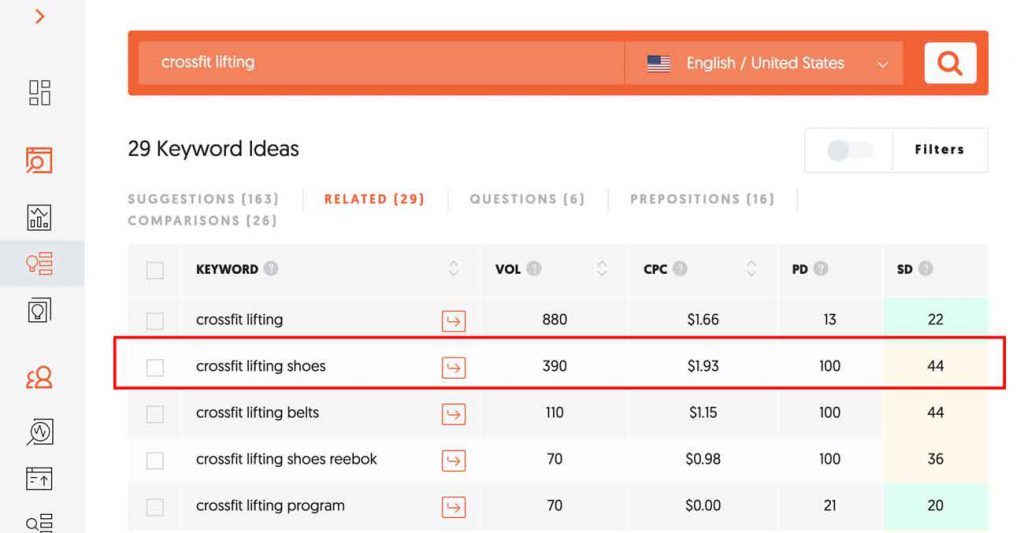
I placed in ‘crossfit lifting’ in the search bar to begin researching. You’ll see a suggestion list of keywords that you can expand on.
What you want are long-tail keywords with search volume, some CPC cost (which shows the keyword’s value) and a low SEO ranking difficulty score.
From my search, I’ve identified the keyword ‘crossfit lifting shoes’ that I want to create content around.
To find some sub-keywords, go to Google and do a search. Scroll all the way to the bottom and you’ll find related searches to your main keyword – which can be added into your content later, adding context to the entire page – to help the Google algorithm, using latent semantics, understand what your content is about.
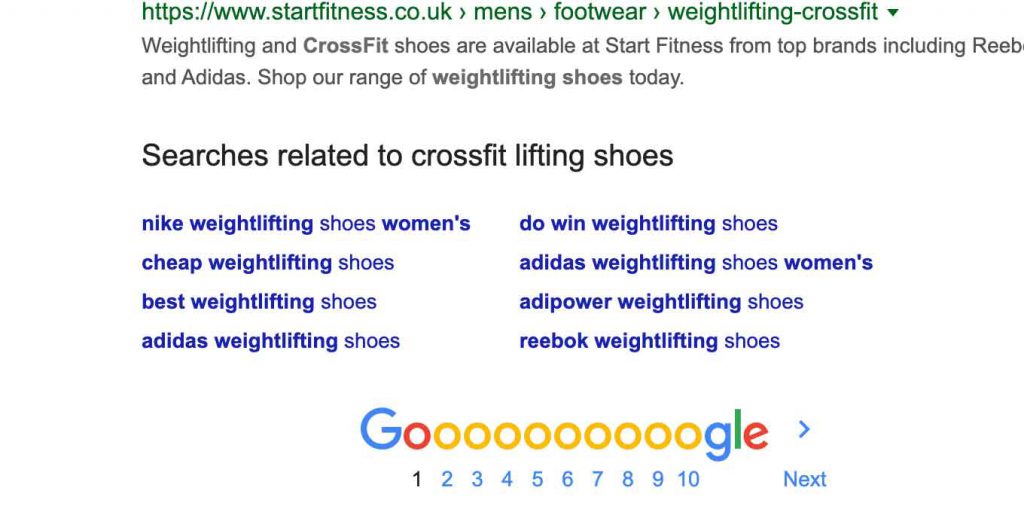
Asides from affiliate marketing, SEO is something most online business have to implement. Check out our friends at Growth Pro for some tasty SEO case studies.
Step 7 – Create Remarkable Content
There are millions of content – articles, videos, infographics, and photos online. One of the challenges for an affiliate marketer is to create good content.
It’s easy to tell someone to “just create good content”. But in reality, it’s sure harder that you think it is. So I want to share a quick content hack that would help you create great content right-away.
Don’t think of titles. Instead, reverse-engineer them.
One of the easiest ways to start creating content is to think of the content title first. The title is always the most important piece of your content that would determine if people would be interested to click and read your content.
So what do you do?
Go to media sites like Entrepreneur.com or Buzzfeed.com and find titles you like. These sites invest millions in the best copywriters and we’re going to reverse engineer their content titles.
For my example, I’ve explored Bodybuilding.com to look for some content titles.
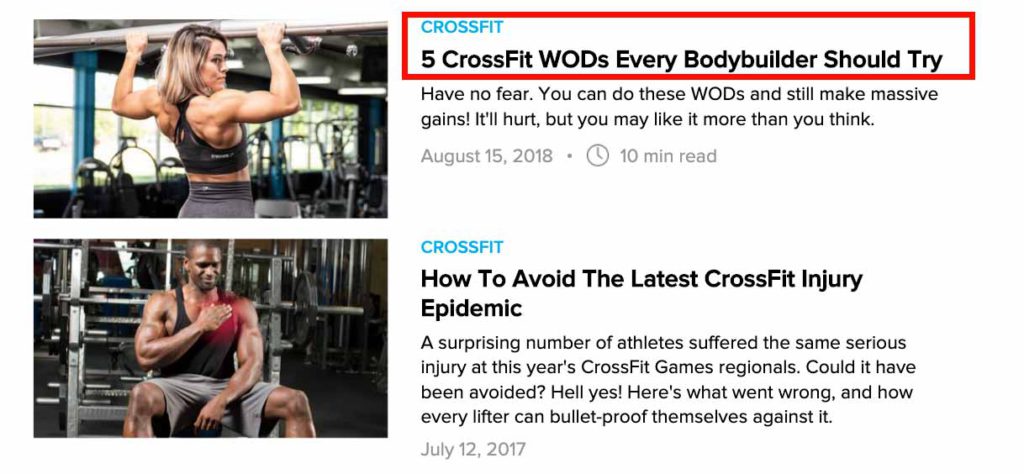
I found a content title that was doing pretty well, even though it was slightly dated. Reverse engineering the title, ‘5 CrossFit WODs Every Bodybuilder Should Try’ and matching it up with my keyword ‘crossfit lifting shoes’ gives me:
“5 Crossfit Lifting Shoes Every Bodybuilder Should Have”
And there you go, a content title that has a great chance of doing well within the niche I’m promoting to.
Document a personal story/experience.
Most of the content that is filling the internet is super-generic. And nobody likes boring, generic content. Who wants to read another ‘5 tips to be successful’ article?
A way to create unique content immediately is to create content just like blogging or documenting your experience. This immediately makes your content piece unique.
For example, with my keyword ‘Crossfit lifting shoes’, my content title could sound something like this: “I Tried 5 Crossfit Lifting Shoes. Here Are The Best Ones”
It takes time and effort to create good content. But do it well, and great content usually has a long shelf life.
Step 8 – Market your content on social media.
Having good content alone isn’t enough. After all, if nobody stumbles upon and read your content – it wouldn’t matter anyway.
Social media is a great place to promote your content and website – giving it that quick boost when it’s fresh.
However, don’t start spamming your Facebook newsfeed with your new content. Nobody likes that.
One of the reasons that don’t work is that your network on Facebook comprises of people with different interests. The better way is to look for people that share the same interest as you and engage with them.
How to search & connect with people sharing similar interest on Facebook
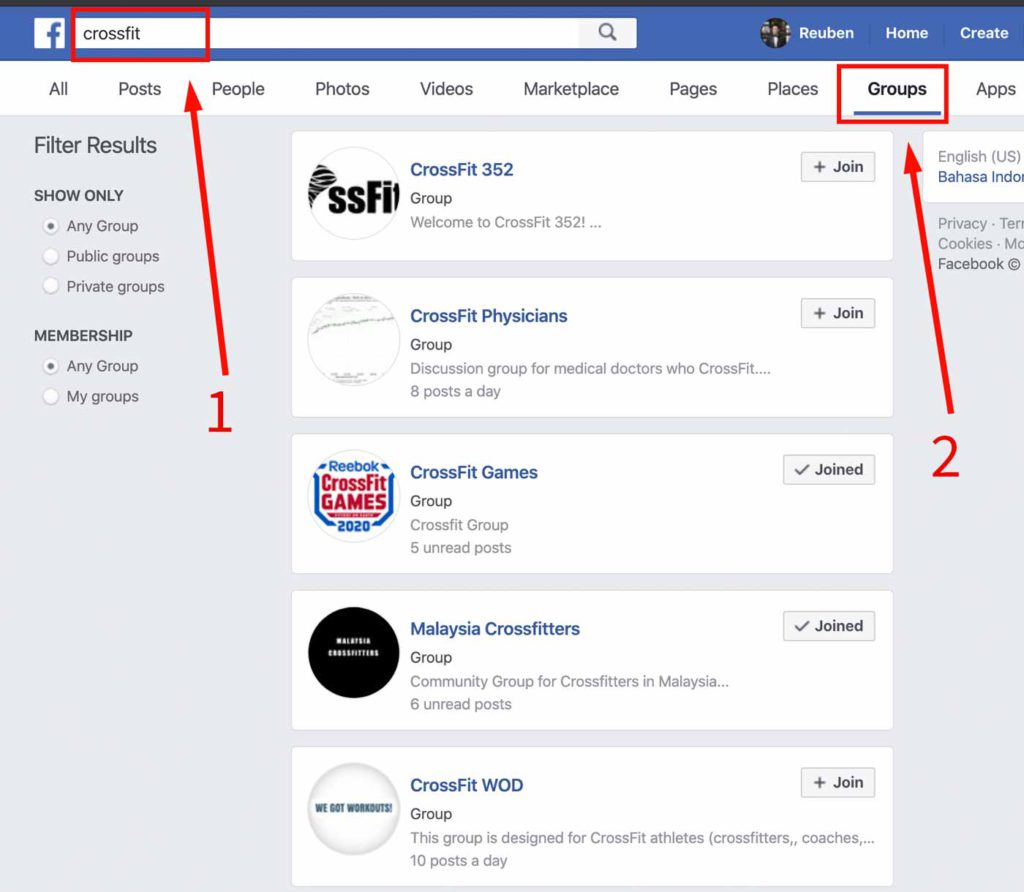
Head on to Facebook and do a search to find groups that actively discuss topics around your niche. Go ahead and join a few groups.
Important: Newbies tend to go into groups and start spamming their website links. Don’t do that. Doing so just gets you banned from groups almost immediately.
Before you start promoting your website, engage and build rapport with members within the group. Ask questions, help answer some and seek to engage in conversations.
Then with some presence built, create discussions that allow people to share their thoughts too. Here’s an example:
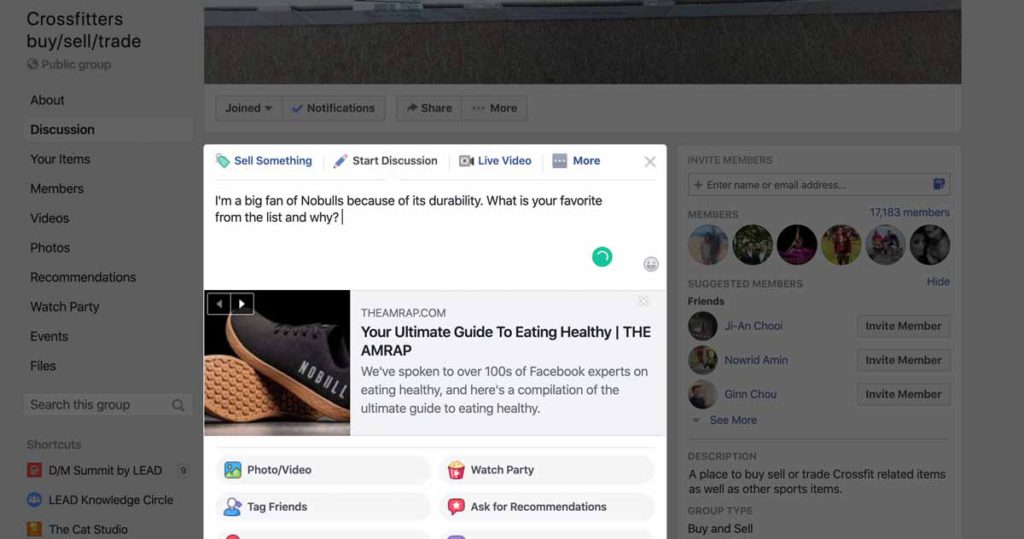
As you do this, besides building initial audiences, you also build social signals for your content – a ranking factor for Google that would eventually help your content with search engine ranking.
Conclusion
If you read to this pint, you’ll see that building a content website for affiliate marketing takes work but isn’t very complicated.
As your affiliate website grow, you may also consider exiting and selling off your site. This is where platforms like Flippa comes in – where you can put up your website for auction. The good news is content websites usually fetch higher prices, and have more buyers – compared to E-commerce or membership sites.
I hope this post will help you get started with your affiliate marketing website business. If you have questions, just leave them down in the comment section below.
Or learn to build your affiliate marketing business with our course, Affiliate Marketing Profit Core with step by step video lessons. (Currently open at an introductory price.)


Great!
helping article thank you
Nice post, keep it up.
Hope you are well in the current situation.